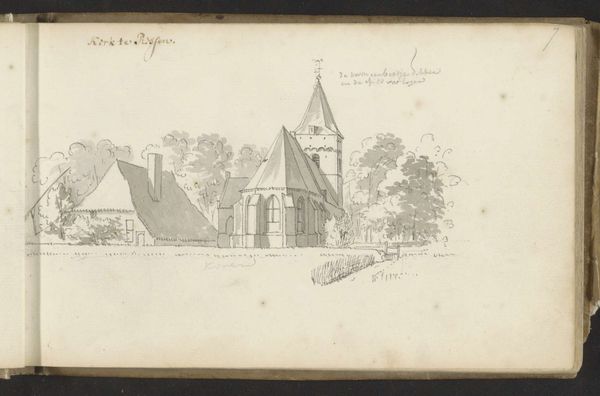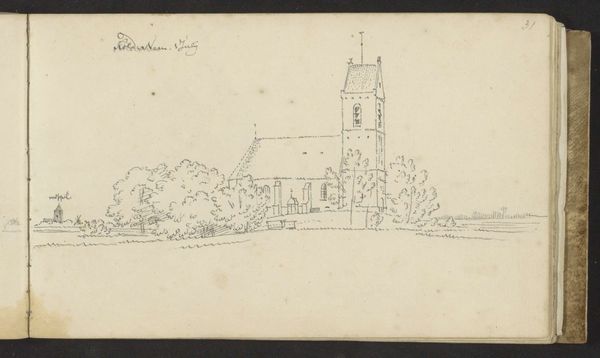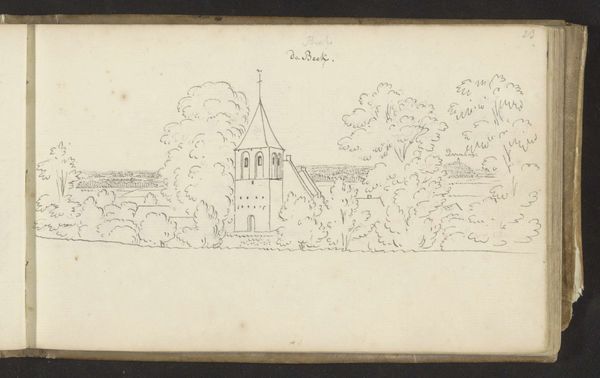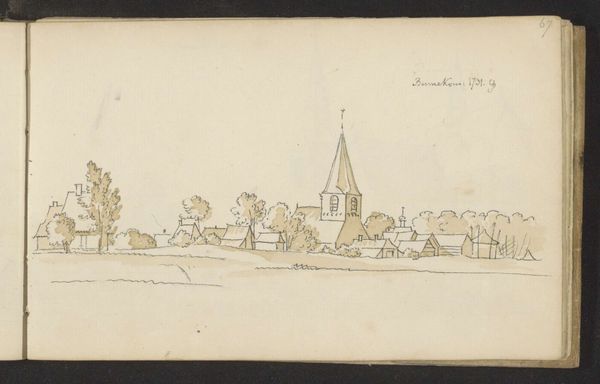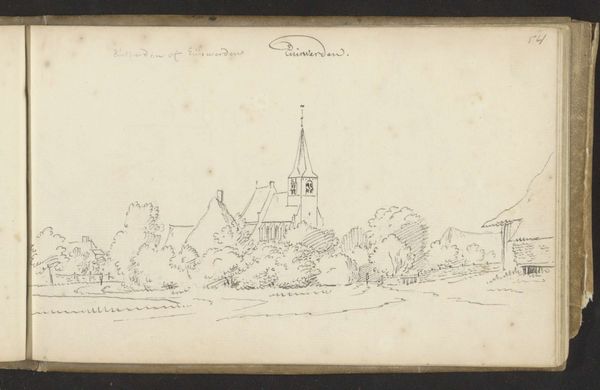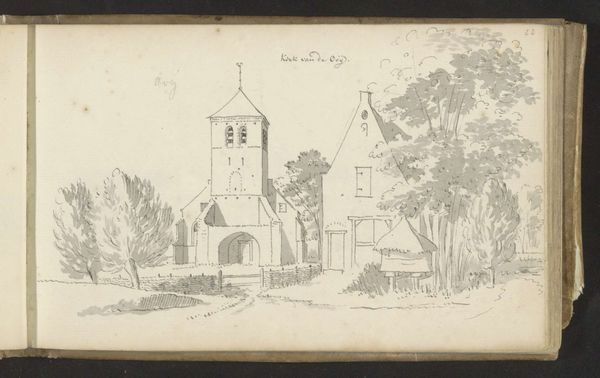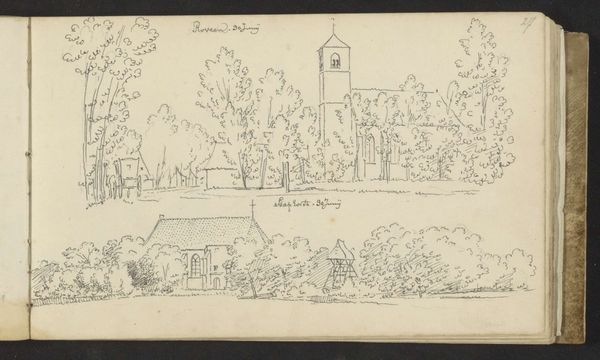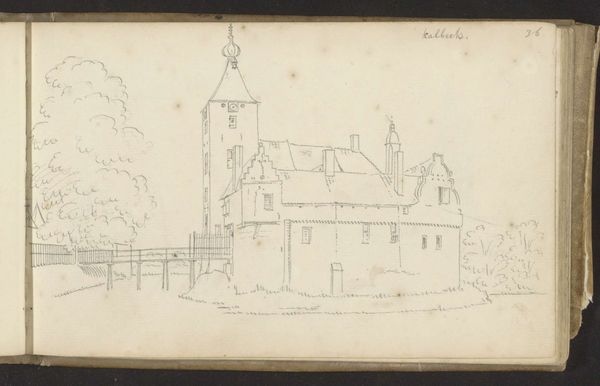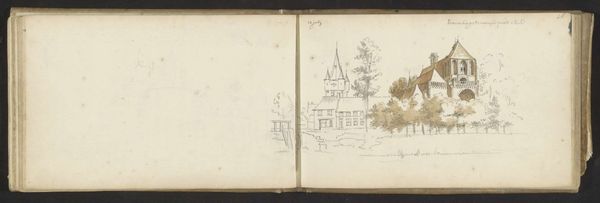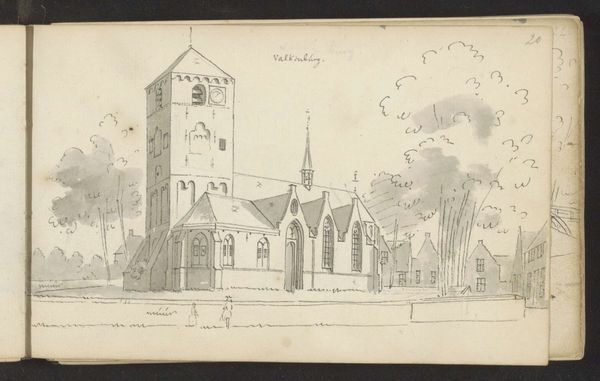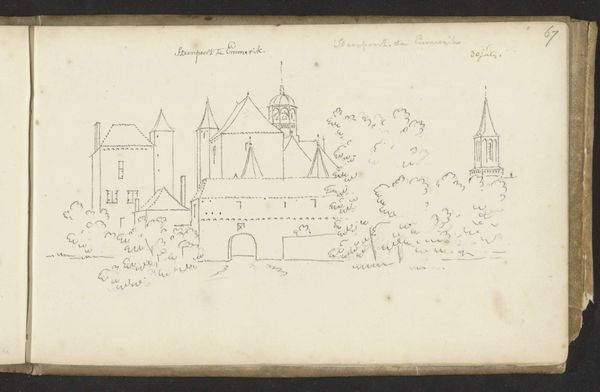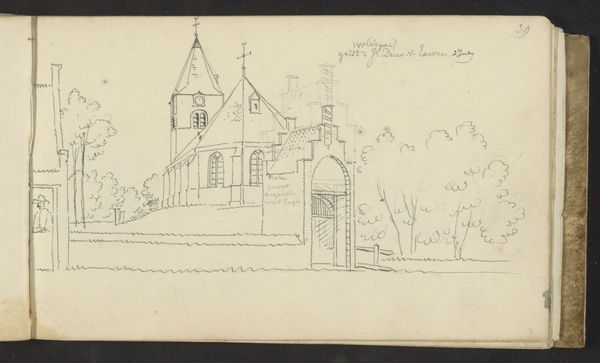
drawing, pencil
#
drawing
#
dutch-golden-age
#
landscape
#
pencil
#
genre-painting
Copyright: Rijks Museum: Open Domain
This drawing of village scenes with churches in Mehr en Den Ham was made by Abraham de Haen the Second. Graphite pencil on paper is a humble combination, but in the eighteenth century, it offered artists like de Haen a portable means of capturing the world around them. Look closely, and you'll notice the immediacy of the artist's hand. The graphite lines vary in pressure, creating a sense of depth and texture. See how the artist uses quick, light strokes to suggest the foliage, while the architectural details of the churches are rendered with more precision. This wasn't fine art, it was more like reportage. De Haen was one of many artists who satisfied the period's mania for topographical views. This drawing gives us a glimpse into the visual culture of the 1700s, and the rise of an art market interested in views both near and far. De Haen was not only documenting architecture, but also participating in a broader economic system, where art became a commodity, connecting to wider social issues of labor, politics, and consumption.
Comments
No comments
Be the first to comment and join the conversation on the ultimate creative platform.
